Thomas Oliver
Learning Fricke signs from Maass form Coefficients
Jan 03, 2025



Abstract:In this paper, we conduct a data-scientific investigation of Maass forms. We find that averaging the Fourier coefficients of Maass forms with the same Fricke sign reveals patterns analogous to the recently discovered "murmuration" phenomenon, and that these patterns become more pronounced when parity is incorporated as an additional feature. Approximately 43% of the forms in our dataset have an unknown Fricke sign. For the remaining forms, we employ Linear Discriminant Analysis (LDA) to machine learn their Fricke sign, achieving 96% (resp. 94%) accuracy for forms with even (resp. odd) parity. We apply the trained LDA model to forms with unknown Fricke signs to make predictions. The average values based on the predicted Fricke signs are computed and compared to those for forms with known signs to verify the reasonableness of the predictions. Additionally, a subset of these predictions is evaluated against heuristic guesses provided by Hejhal's algorithm, showing a match approximately 95% of the time. We also use neural networks to obtain results comparable to those from the LDA model.
Machine Learning Class Numbers of Real Quadratic Fields
Sep 19, 2022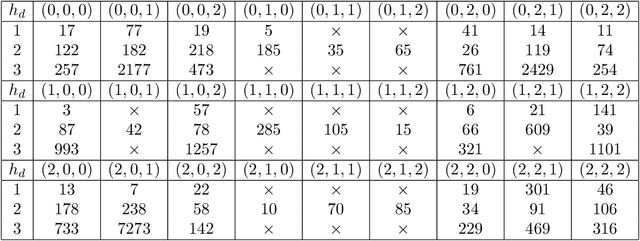
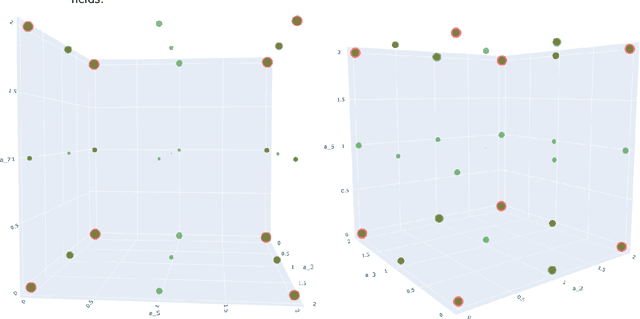
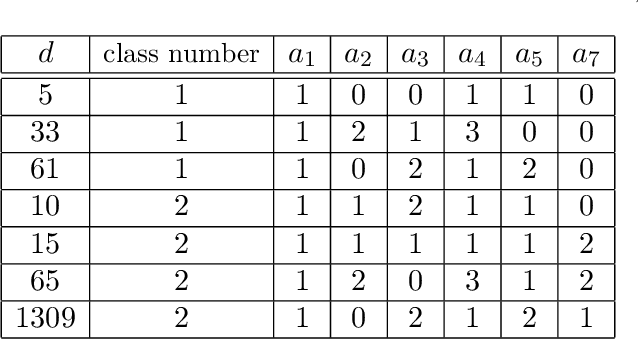
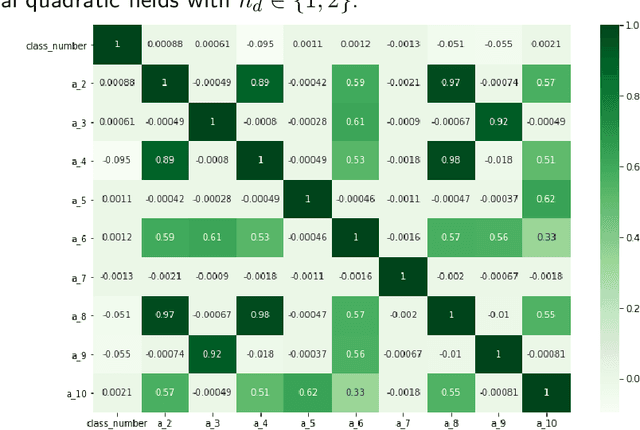
Abstract:We implement and interpret various supervised learning experiments involving real quadratic fields with class numbers 1, 2 and 3. We quantify the relative difficulties in separating class numbers of matching/different parity from a data-scientific perspective, apply the methodology of feature analysis and principal component analysis, and use symbolic classification to develop machine-learned formulas for class numbers 1, 2 and 3 that apply to our dataset.
Murmurations of elliptic curves
Apr 21, 2022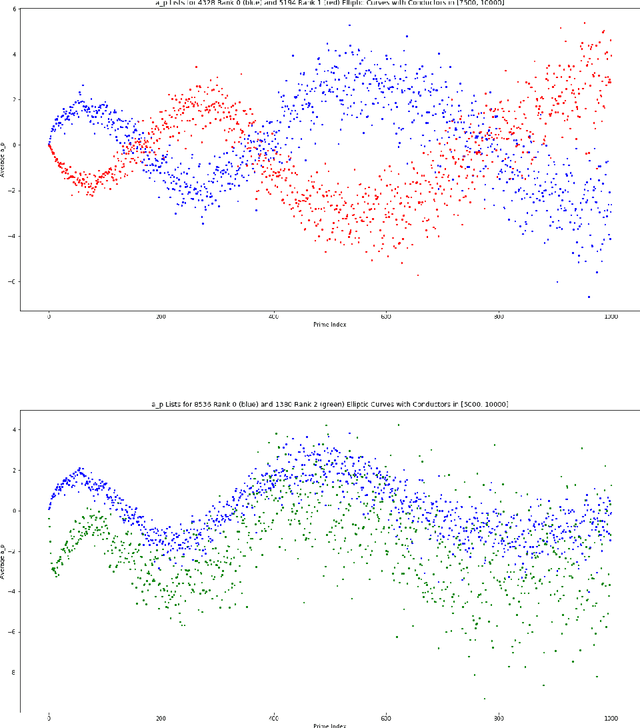

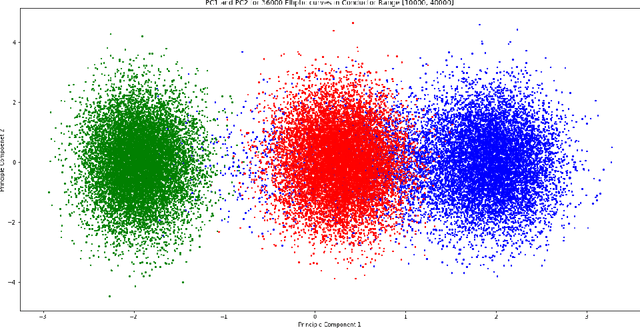
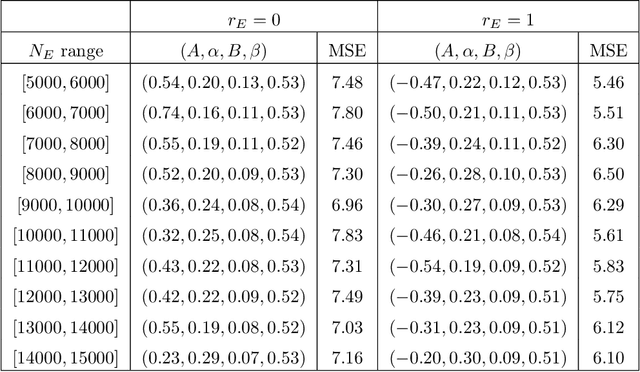
Abstract:We investigate the average value of the $p$th Dirichlet coefficients of elliptic curves for a prime p in a fixed conductor range with given rank. Plotting this average yields a striking oscillating pattern, the details of which vary with the rank. Based on this observation, we perform various data-scientific experiments with the goal of classifying elliptic curves according to their ranks.
Machine-Learning Arithmetic Curves
Dec 07, 2020



Abstract:We show that standard machine-learning algorithms may be trained to predict certain invariants of low genus arithmetic curves. Using datasets of size around one hundred thousand, we demonstrate the utility of machine-learning in classification problems pertaining to the BSD invariants of an elliptic curve (including its rank and torsion subgroup), and the analogous invariants of a genus 2 curve. Our results show that a trained machine can efficiently classify curves according to these invariants with high accuracies (>0.97). For problems such as distinguishing between torsion orders, and the recognition of integral points, the accuracies can reach 0.998.
Machine-Learning Number Fields
Nov 17, 2020


Abstract:We show that standard machine-learning algorithms may be trained to predict certain invariants of algebraic number fields to high accuracy. A random-forest classifier that is trained on finitely many Dedekind zeta coefficients is able to distinguish between real quadratic fields with class number 1 and 2, to 0.96 precision. Furthermore, the classifier is able to extrapolate to fields with discriminant outside the range of the training data. When trained on the coefficients of defining polynomials for Galois extensions of degrees 2, 6, and 8, a logistic regression classifier can distinguish between Galois groups and predict the ranks of unit groups with precision >0.97.
Machine-Learning the Sato--Tate Conjecture
Oct 30, 2020


Abstract:We apply some of the latest techniques from machine-learning to the arithmetic of hyperelliptic curves. More precisely we show that, with impressive accuracy and confidence (between 99 and 100 percent precision), and in very short time (matter of seconds on an ordinary laptop), a Bayesian classifier can distinguish between Sato-Tate groups given a small number of Euler factors for the L-function. Our observations are in keeping with the Sato-Tate conjecture for curves of low genus. For elliptic curves, this amounts to distinguishing generic curves (with Sato-Tate group SU(2)) from those with complex multiplication. In genus 2, a principal component analysis is observed to separate the generic Sato-Tate group USp(4) from the non-generic groups. Furthermore in this case, for which there are many more non-generic possibilities than in the case of elliptic curves, we demonstrate an accurate characterisation of several Sato-Tate groups with the same identity component. Throughout, our observations are verified using known results from the literature and the data available in the LMFDB. The results in this paper suggest that a machine can be trained to learn the Sato-Tate distributions and may be able to classify curves much more efficiently than the methods available in the literature.
 Add to Chrome
Add to Chrome Add to Firefox
Add to Firefox Add to Edge
Add to Edge